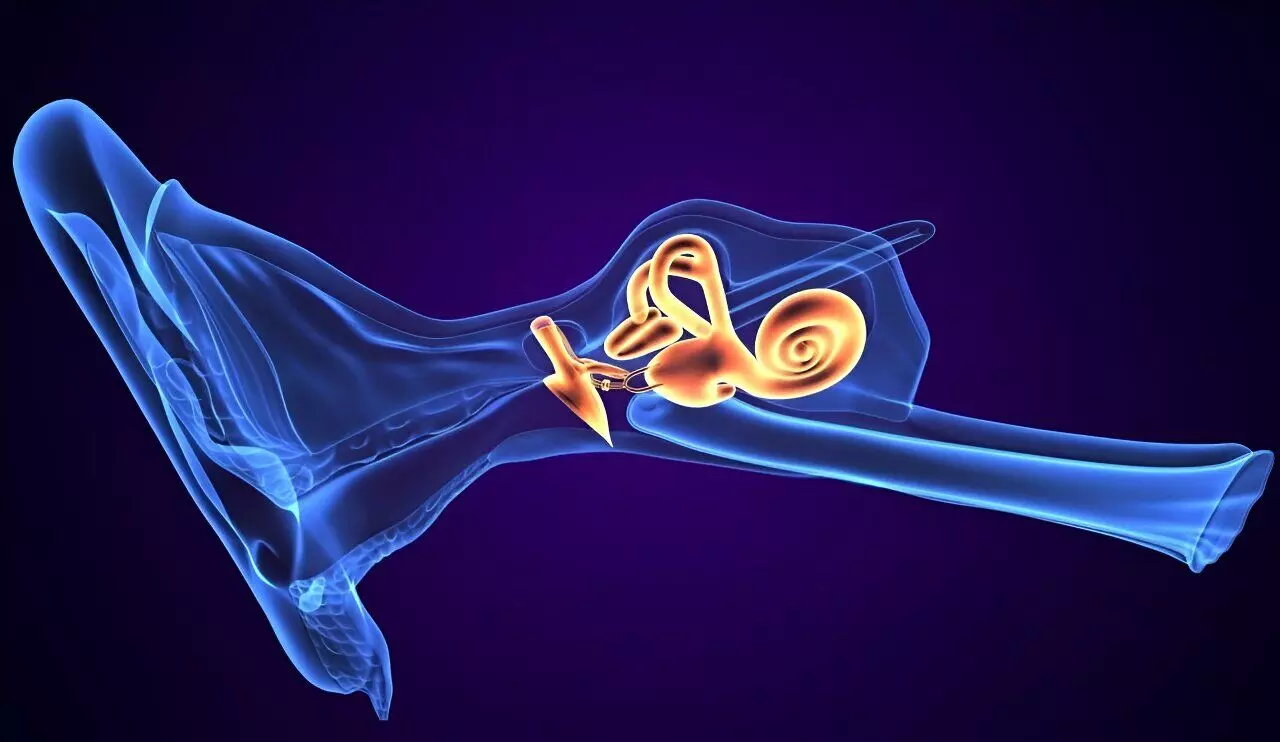Morphological characteristics of vestibular aqueduct associated with occurrence of Meniere disease: Study

Morphological characteristics of vestibular aqueduct associated with the occurrence of Meniere disease suggest a study published in the Largnygoscope.
A study was done to investigate the relationship between vestibular aqueduct (VA) morphology and Meniere’s disease (MD) using ultrahigh-resolution computed tomography (U-HRCT). Retrospective data were collected from 34 patients (40 ears) diagnosed with MD in our hospital who underwent temporal bone U-HRCT with the isotropic 0.05-mm resolution, magnetic resonance with gadolinium-enhanced, and pure-tone audiometry; 34 age- and sex-matched controls (68 ears) who underwent U-HRCT were also included. VA patency was qualitatively classified as locally not shown (grade 1), locally faintly shown (grade 2), or clearly shown throughout (grade 3). The width of the outer orifice and VA length and angle were quantitatively measured. Differences in VA morphology between the MD and control groups were analyzed. The correlations between VA morphology and the degrees of hearing loss and endolymphatic hydrops (EH) were also analyzed. Results: VA was classified as grades 1–3 in 11, 17, and 12 ears in the MD group and 5, 26, and 37 ears in the control group, respectively. The patency differed significantly between the groups (p < 0.01). The width of the outer orifice and length of VA were significantly smaller in the MD group than those in the control group (p < 0.05). Both VA patency and length were correlated with the degree of EH in the cochlea and the vestibule (p < 0.05). No difference was found between VA morphology and the degree of hearing loss (p > 0.05). The morphological characteristics of VA were found to be associated with the occurrence of MD and the degree of EH.
Reference:
Huang, Y., Tang, R., Xu, N., Ding, H., Pu, W., Xie, J., Yang, Z., Liu, Y., Gong, S., Wang, Z. and Zhao, P. (2024), Association Between Vestibular Aqueduct Morphology and Meniere’s Disease. The Laryngoscope. https://doi.org/10.1002/lary.31339
Keywords:
Morphological characteristics, vestibular aqueduct, occurrence, Meniere disease, Largnygoscope, Huang, Y., Tang, R., Xu, N., Ding, H., Pu, W., Xie, J., Yang, Z., Liu, Y., Gong, S., Wang, Z. and Zhao, P
